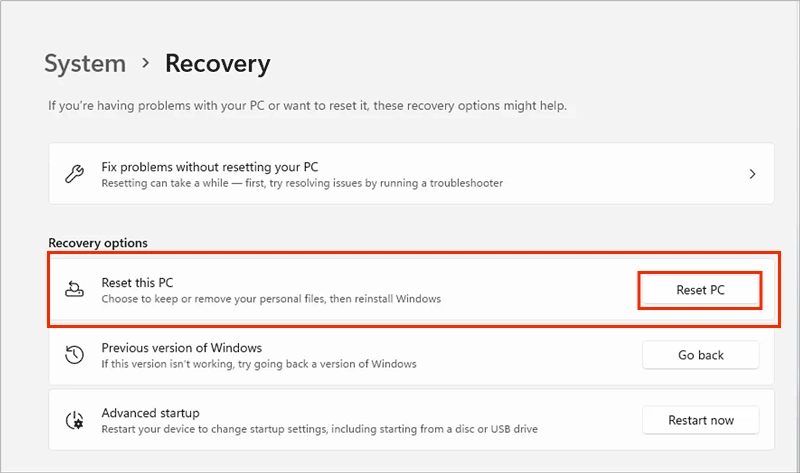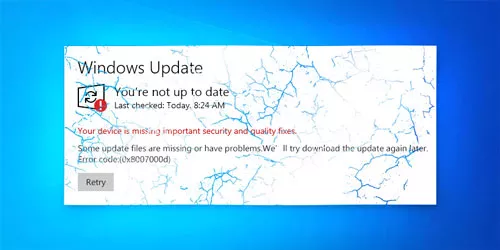Tutorial for Fixing the Critical Process Died Error in Windows 11/10
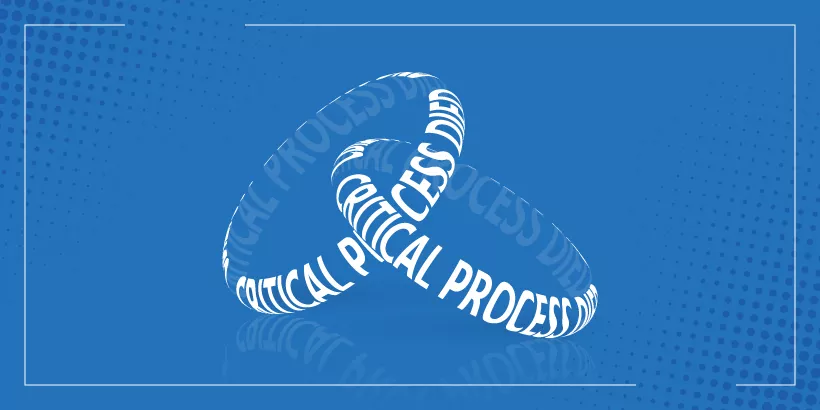
The "Critical Process Died" error indicates that there is a drive problem or a hardware fault with your computer. You will receive a notice saying, “Your device ran into a problem and needs to restart. We're just collecting some error info, and then we'll restart for you. Stop code: CRITICAL PROCESS DIED.”
We all know the Blue Screen of Death is an intractable matter and has many reasons in different situations. No worries. In this article, you will find a tutorial for fixing the "Critical Process Died" error in Windows 11/10.
- What Causes the Critical Process Died Error in Windows 11/10?
- Tutorial for the Critical Process Died Error in Windows 11/10
- 1. Check the Hard Disk Contact
- 2. Update/Uninstall the Drivers
- 3. Run Hardware and Devices Troubleshooter
- 4. Perform Startup Repair in WinRE
- 5. Run CHKDSK & SFC & DISM Tools
- 6. Run the Virus Scan
- 7. Reset Windows
What Causes the Critical Process Died Error in Windows 11/10?
This CRITICAL PROCESS DIED error has multiple causes, the primary ones of which are listed below:
• Hard Disk Bad Contact
• Drives Incompatibility
• System File Corruption
• Malware Attack
Tutorial for the Critical Process Died Error in Windows 11/10.
1. Check the Hard Disk Contact
Bad hard disk contact may cause this blue screen code. You can use an eraser to remove any remaining dust and make sure the hard drive contact is firmly in place. If you have recently replaced your hard drive or other device, temporarily remove it and then restart your computer to check if the blue screen error has been resolved.
2. Update/Uninstall the Drivers
The Critical Process DIED error may be caused by an incompatible driver. You can update or uninstall the problematic driver.
Update the Drivers
Step 1: Press Win + R > Type “devmgmt.msc” then click OK.
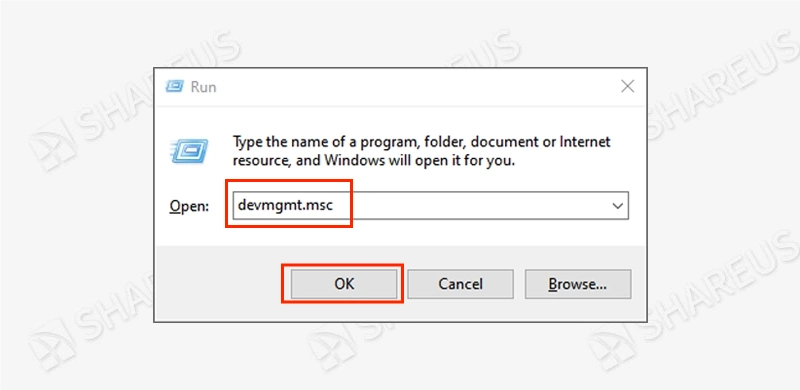
Step 2: Click the defective driver > Right-click it, and click Update driver.
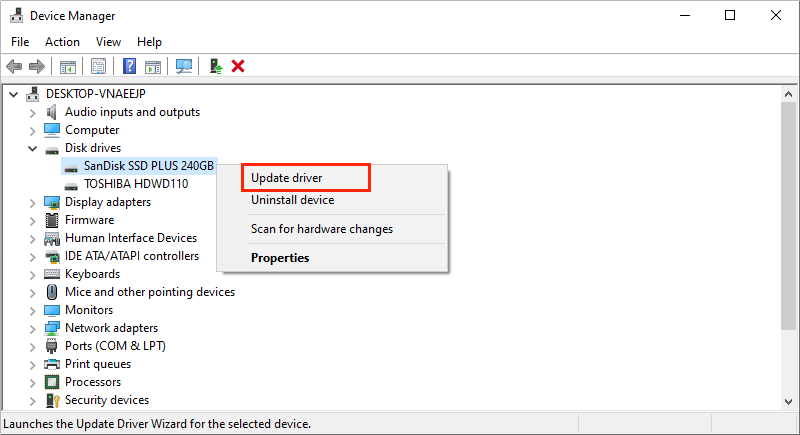
Step 3: In the pop-up window, choose Search automatically for drivers.
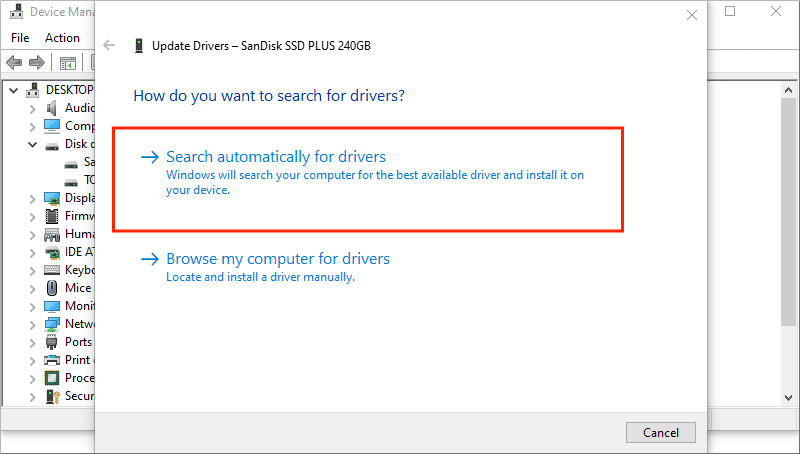
Uninstall the Drivers
Step 1: Press Win + R > Type “devmgmt.msc” then click OK.
Step 2: Click the defective driver > Right-click it, and click Uninstall device.
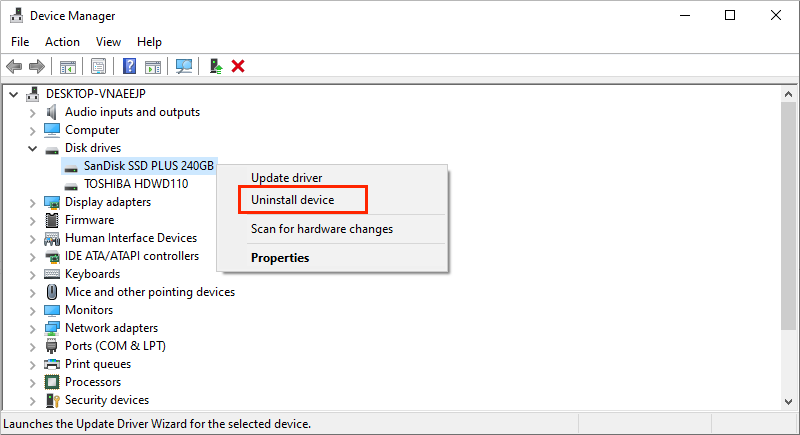
3. Run Hardware and Devices Troubleshooter
Step 1: Press Win + R > Copy “msdt.exe -id DeviceDiagnostic” in the blank, then click OK.
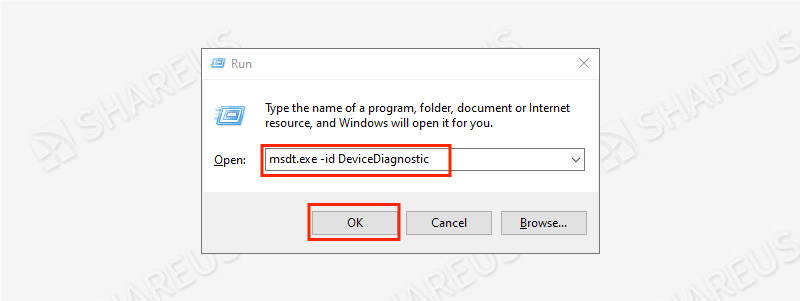
Step 2: Click Advanced > Check the Apply repairs automatically, then click Next.
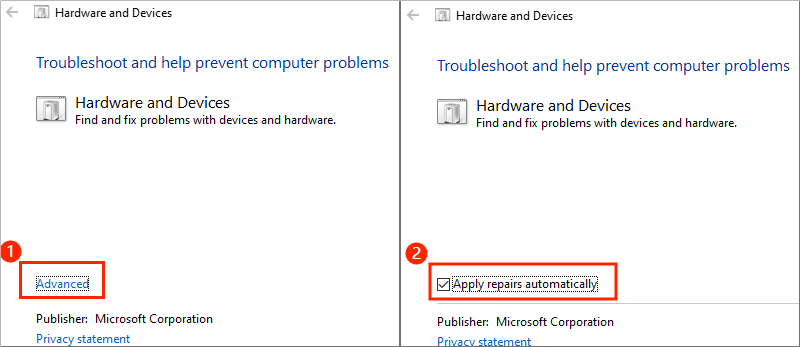
Waiting for the process to finish and apply the suggestion, then restart your computer to check if the error Critical Process Died has been fixed.
4. Perform Startup Repair in WinRE
Perform WinRE.
Win 10: Press Win + I > Update & Security > Recovery > Find out Advanced startup > Click Restart now.
Win 11: Press Win + I > System > Recovery > Find out Advanced startup > Click Restart now.
Startup Repair steps: Troubleshoot > Advanced options > Startup Repair.
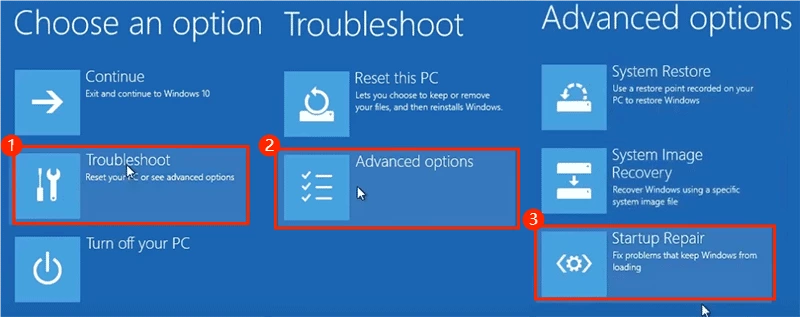
5. Run CHKDSK & SFC & DISM Tools
Run CHKDSK to Fix Damaged Disks
Step 1: Press Win + R > Type "cmd" then press the “Ctrl + Shift +Enter” buttons to run with administrative privileges.
Step 2: Copy chkdsk C: /f /r to the command window then press the Enter button to scan. When it prompts “Would you like to schedule this volume to be checked the next time the system restarts? (Y/N)”, just hit the Y button.
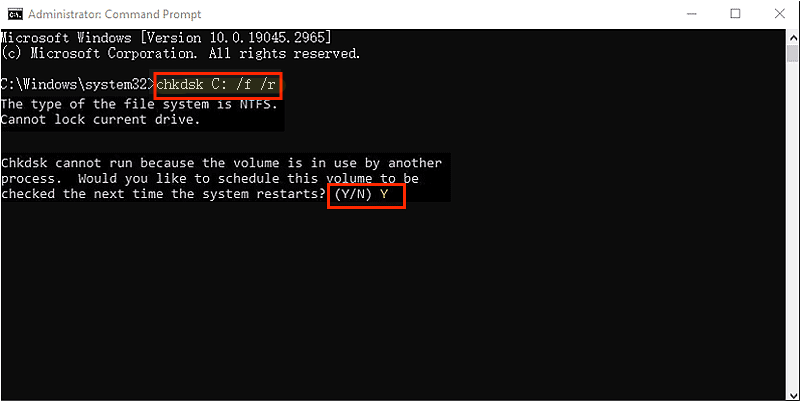
Run SFC & DISM to Fix Corrupt Files
Step 1: Press Win + R > Type “cmd” then press the “Ctrl + Shift +Enter” buttons to run with administrative privileges.
Step 2: Copy sfc /scannow and press the Enter button to scan.
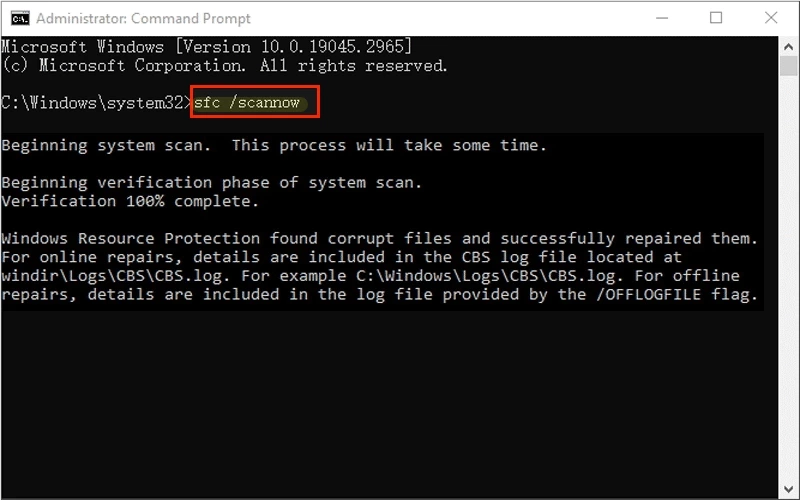
The scanning process will find and fix the corrupt files. If the SFC tool fails to fix it, then run the DISM tool.
Step 1: Press Win + R > Type “cmd” then press the “Ctrl + Shift +Enter” buttons to run with administrative privileges.
Step 2: Copy the following three commands, and press the Enter button after each command.
Dism /Online /Cleanup-Image /CheckHealth
Dism /Online /Cleanup-Image /ScanHealth
Dism /Online /Cleanup-Image /RestoreHealth
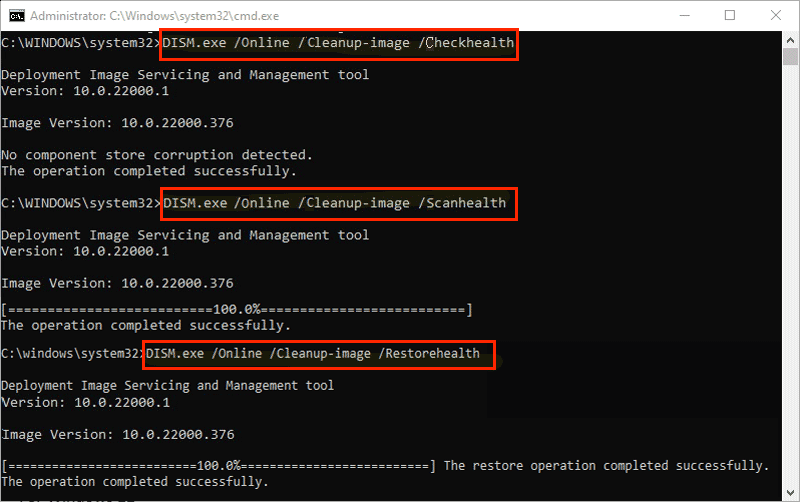
Once the above commands are finished, reboot your computer to see if the Critical Process Died (BSoD) error has been fixed.
6. Run the Virus Scan
For Windows 10
Steps: Press Win + I > Update & Security > Windows Security > Virus & threat protection > Scan options > Full scan > Scan now.
For Windows 11
Steps: Press Win + I > Privacy & security > Windows Security > Virus & threat protection > Scan options > Full scan > Scan now.

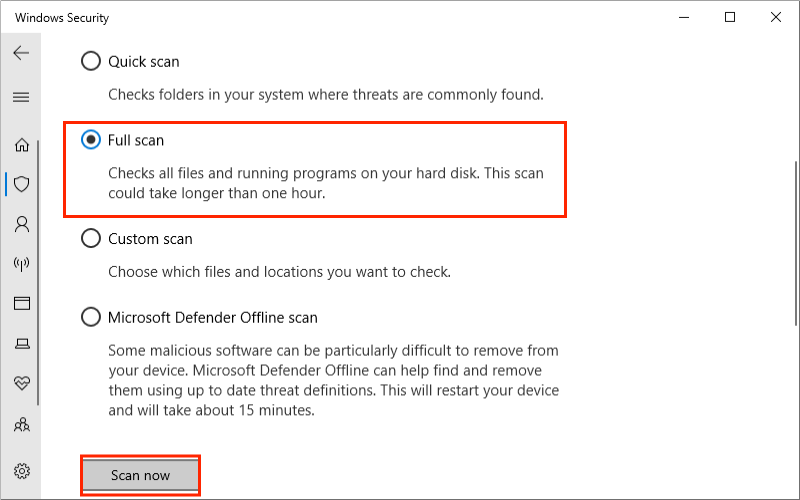
7. Reset Windows
Windows 10: Press Win + I key > Update & Security > Recovery > Reset this PC > Get started.
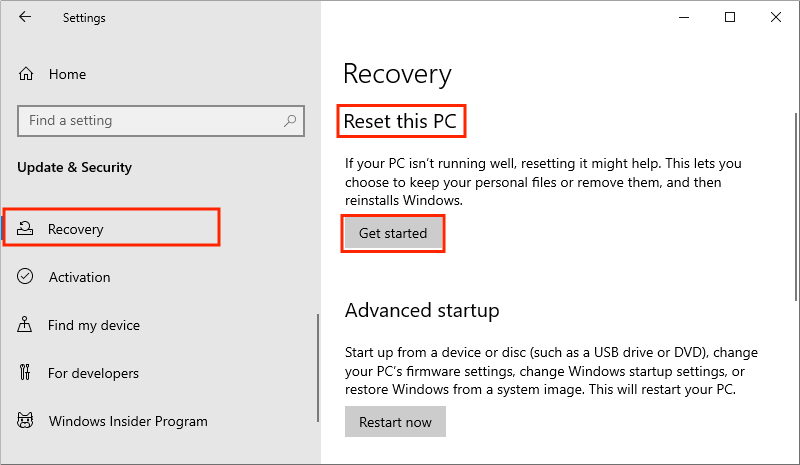
Windows 11: Press Win + I key > System > Recovery > Reset this PC > Reset PC. Then follow the instructions to finish the Windows factory reset.
